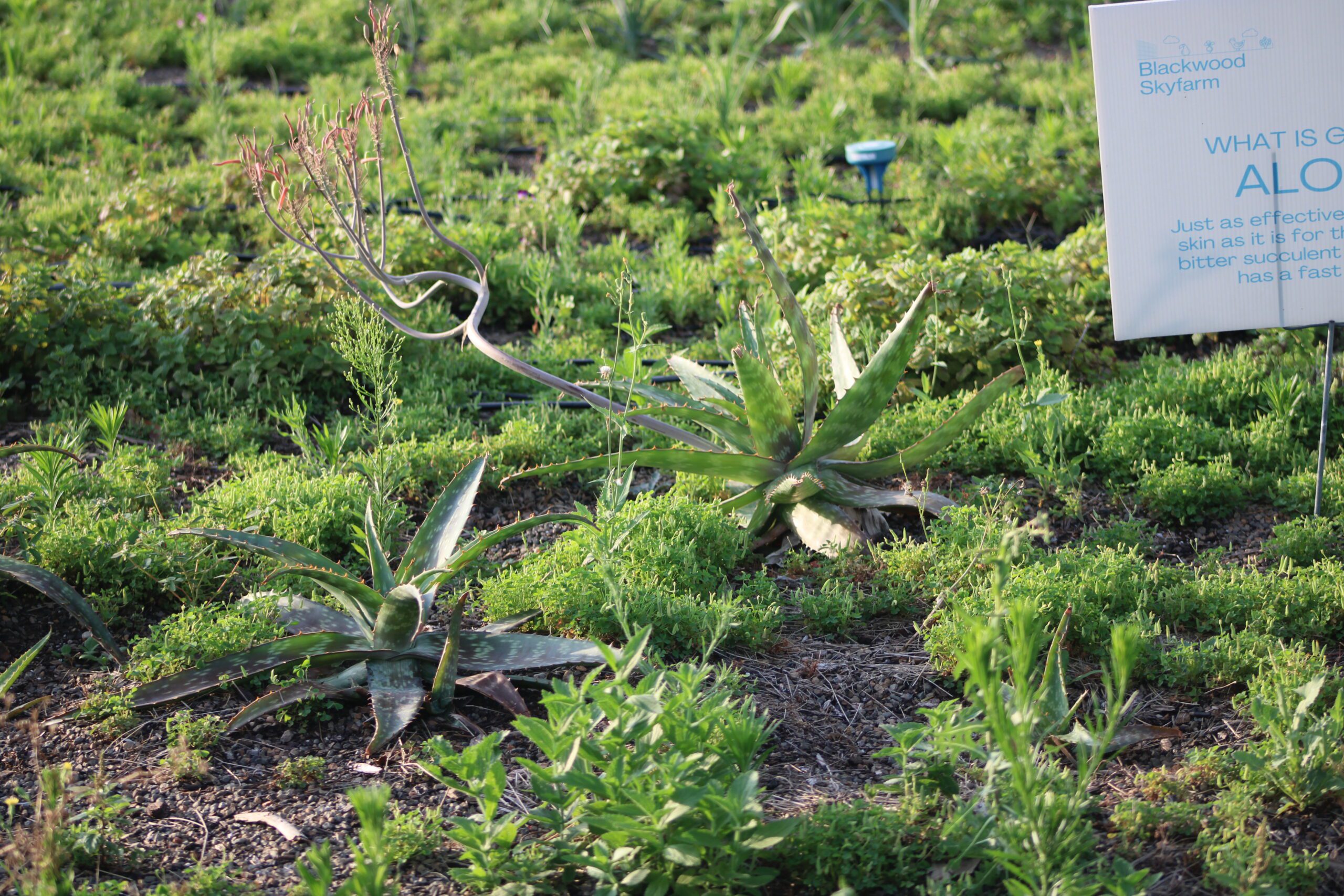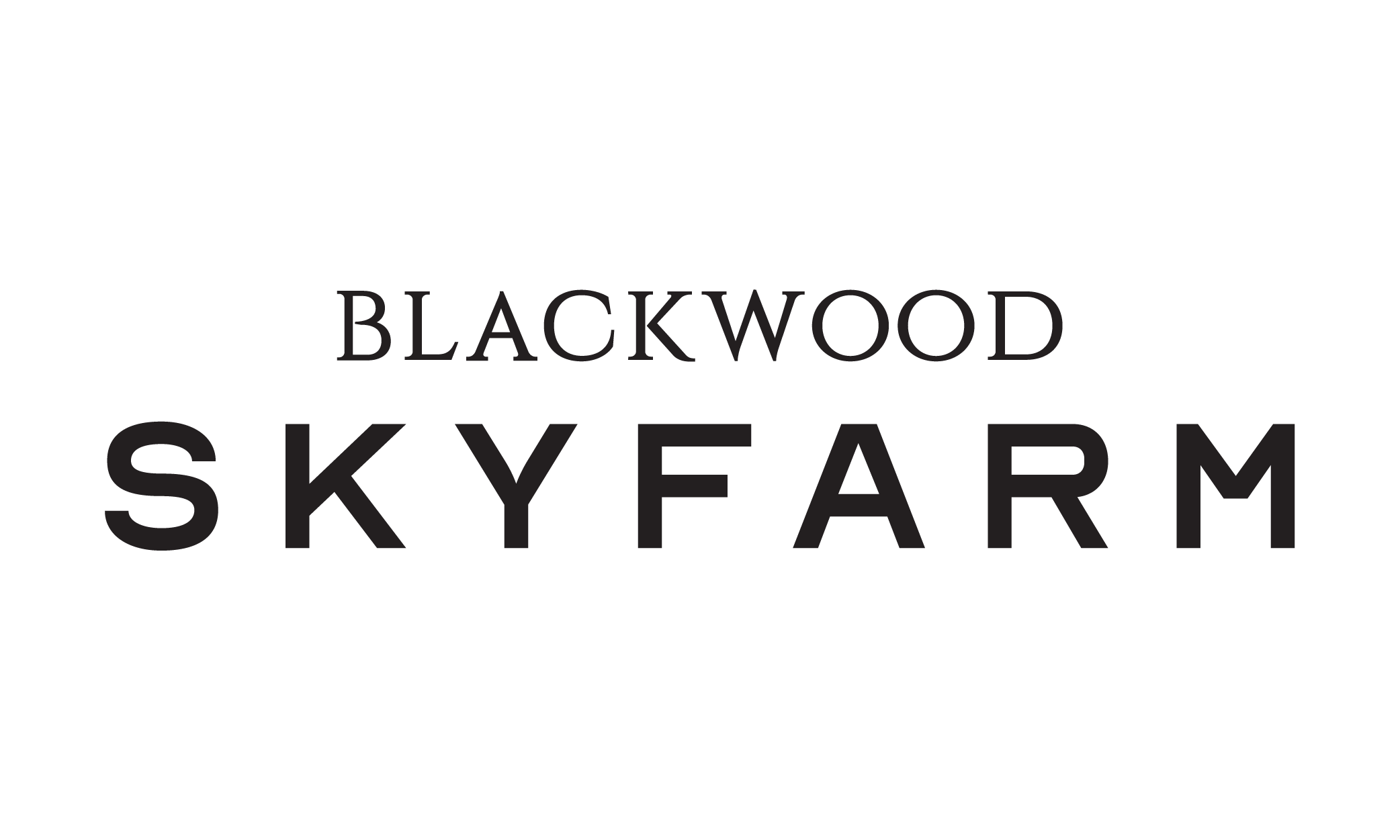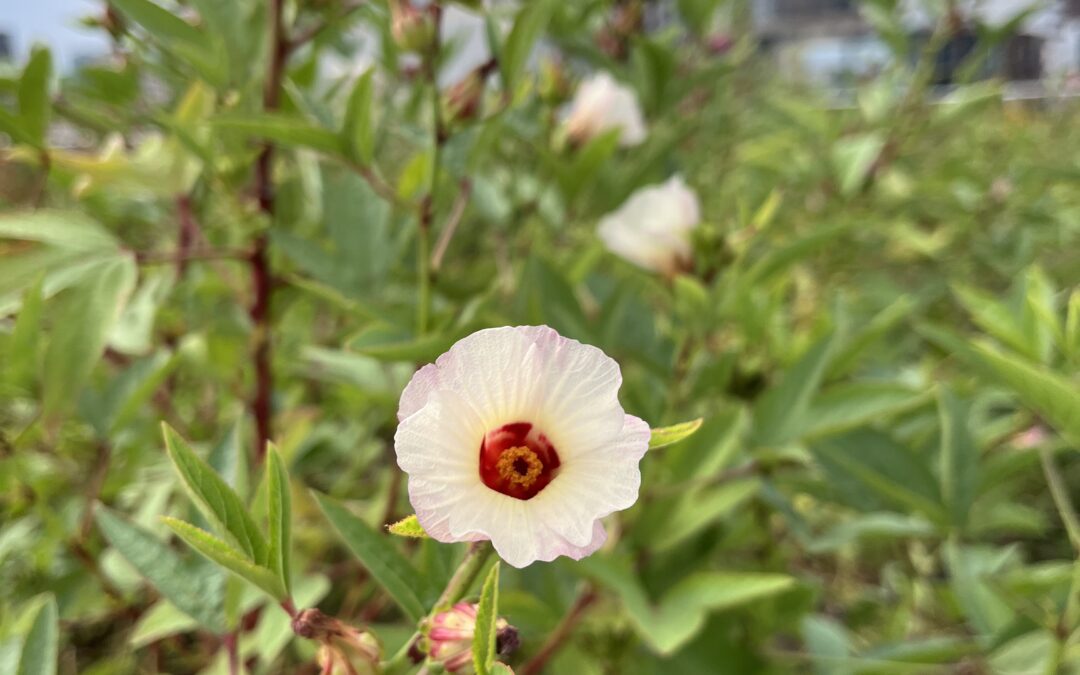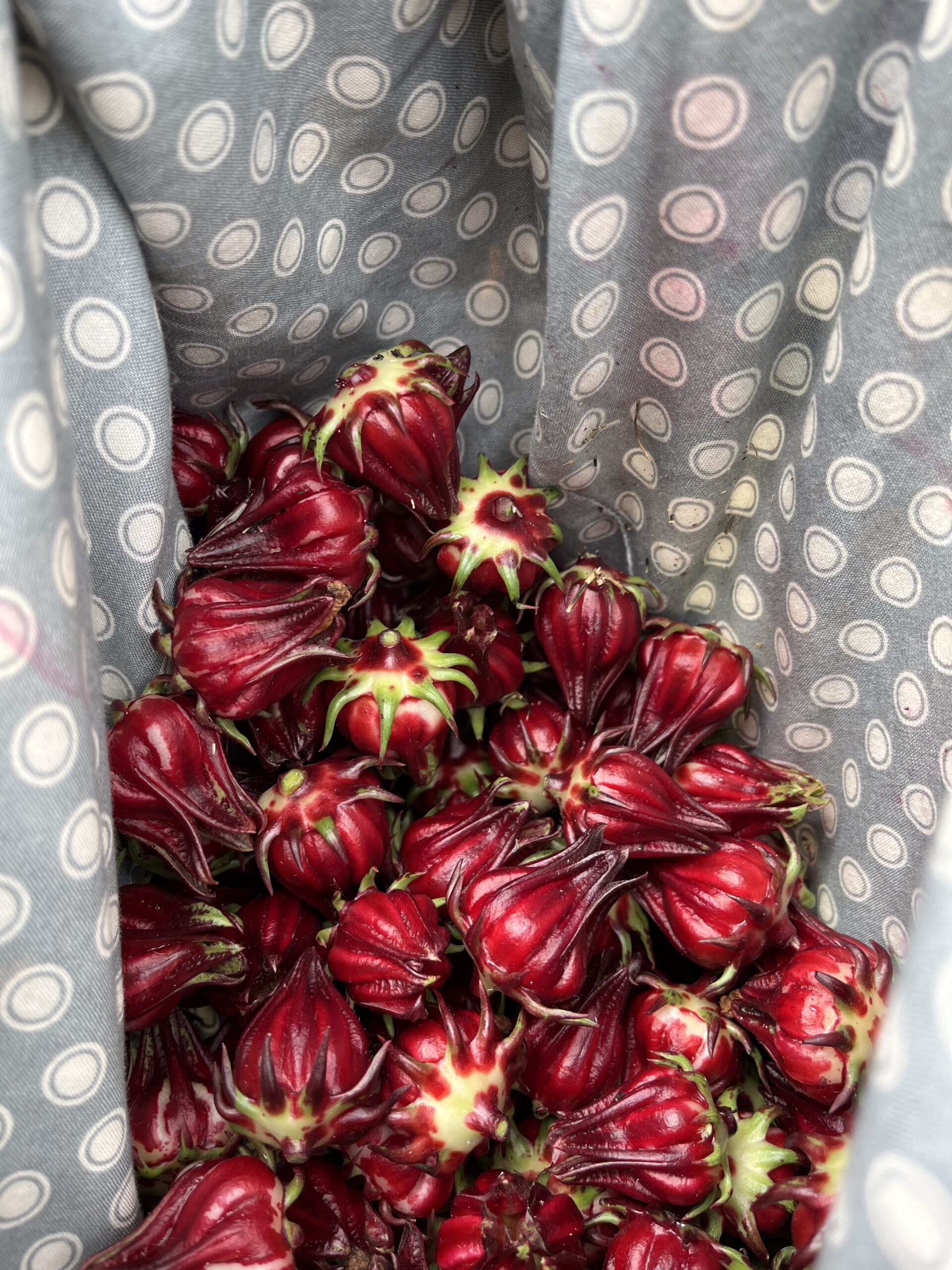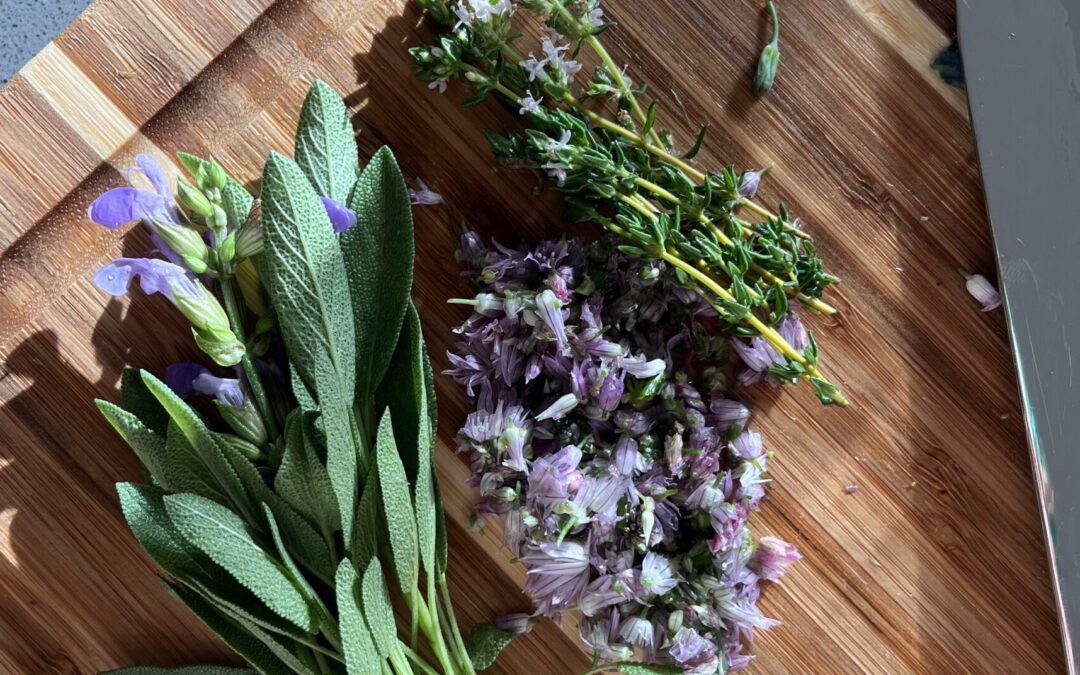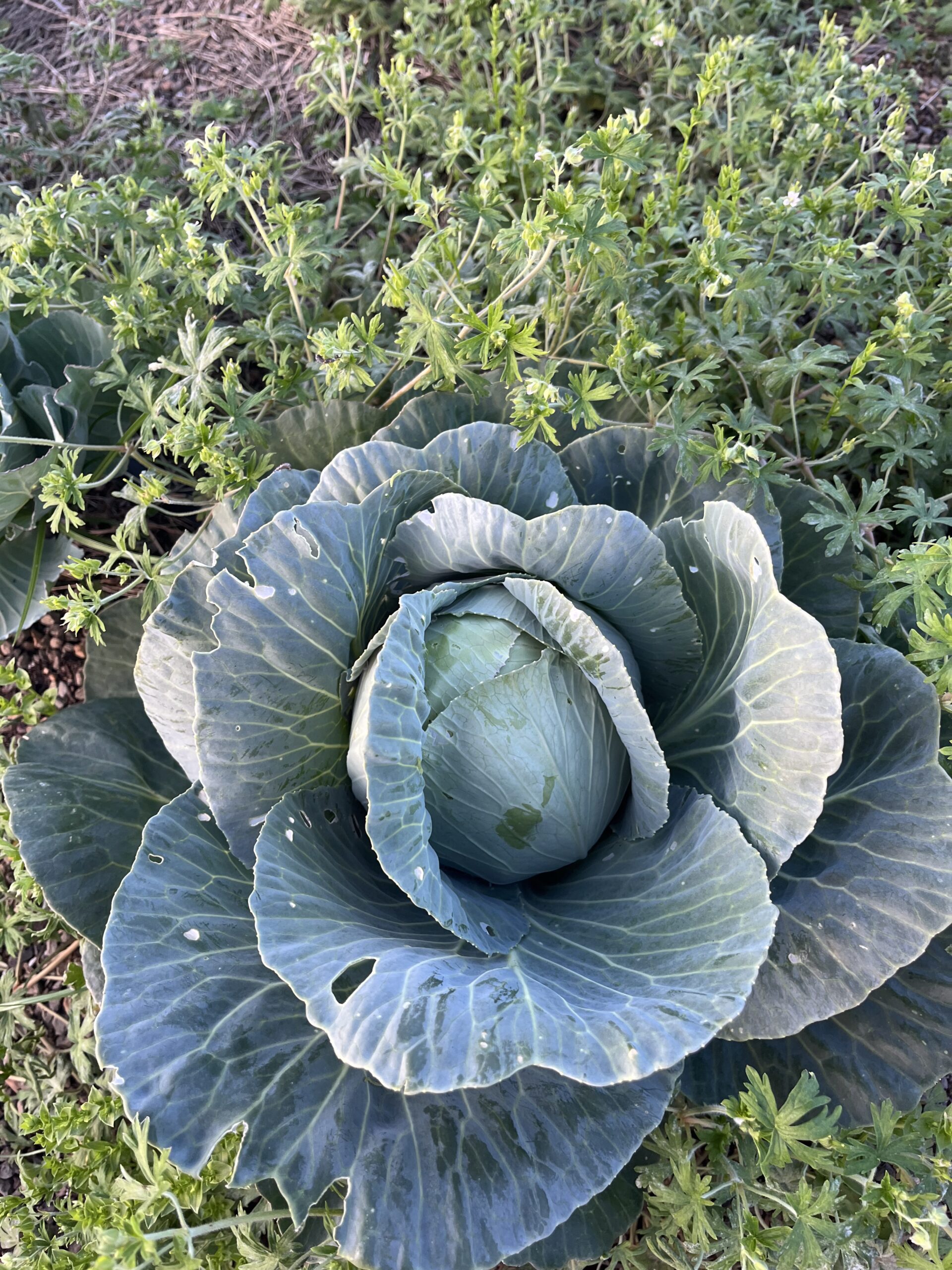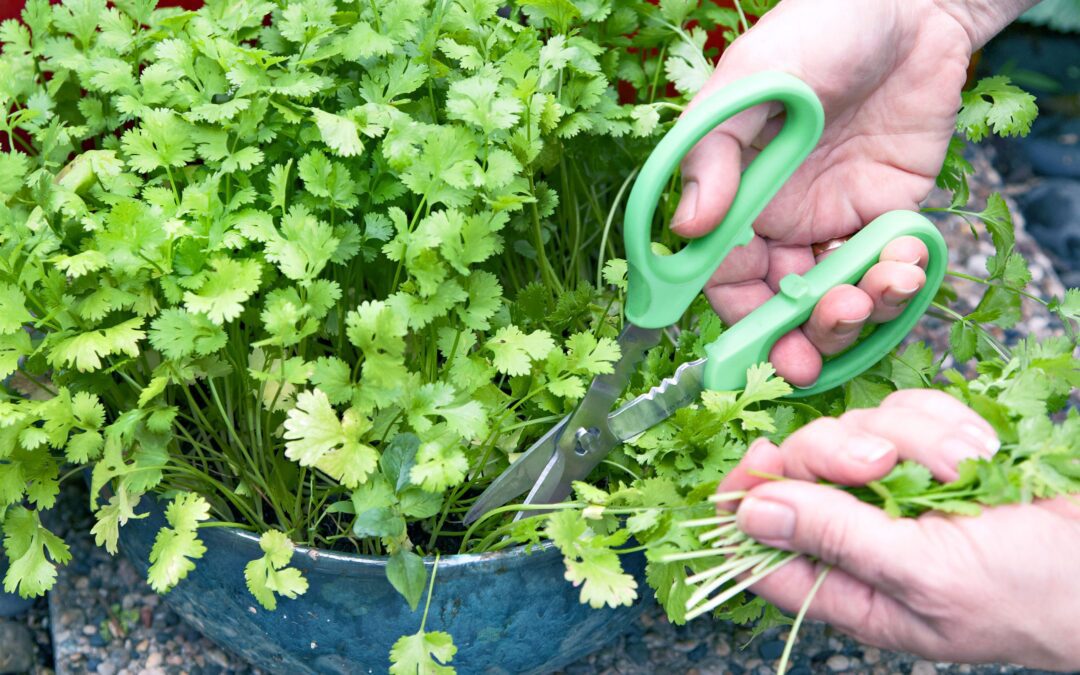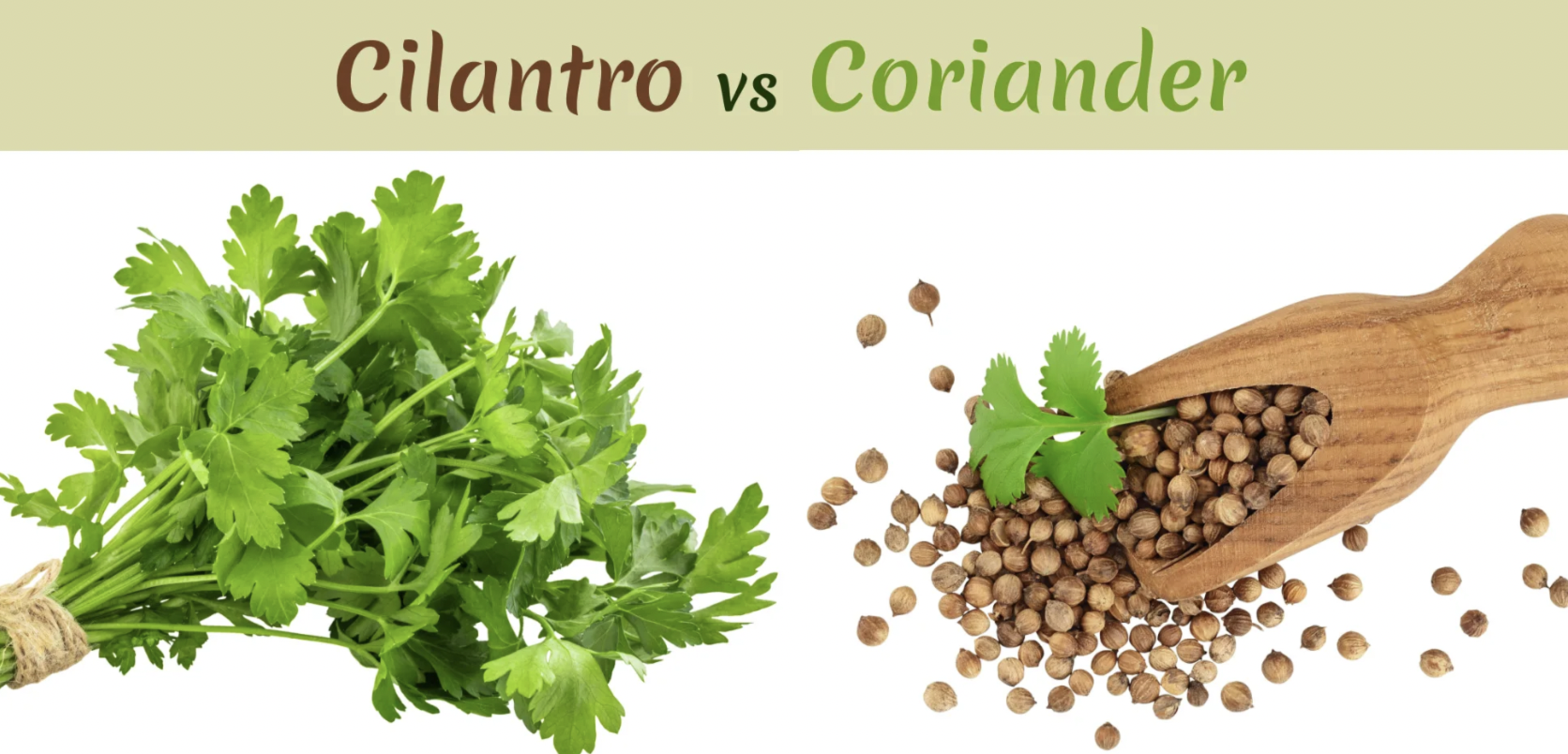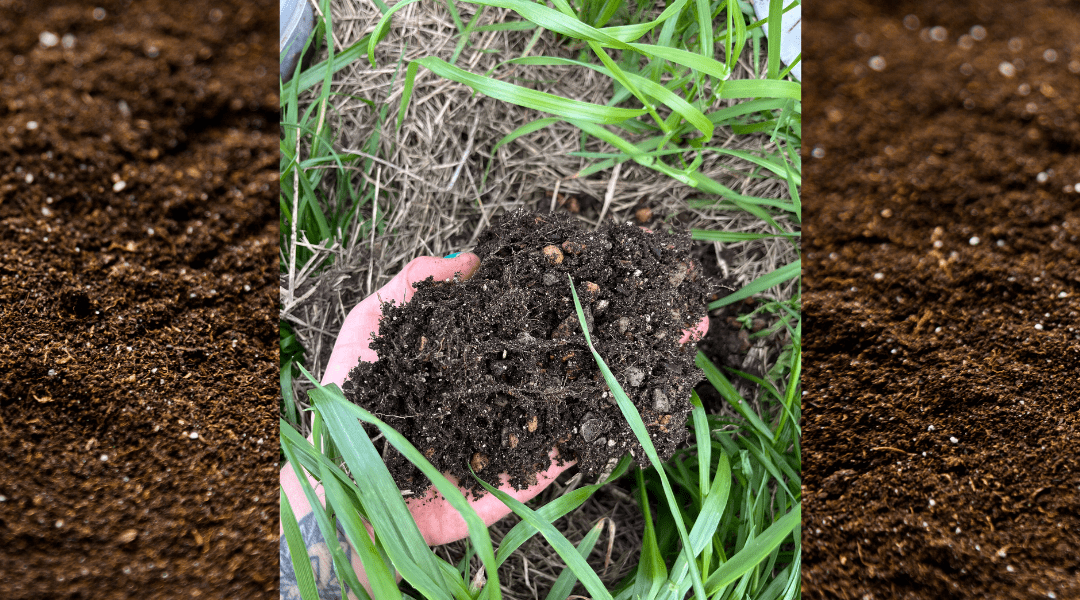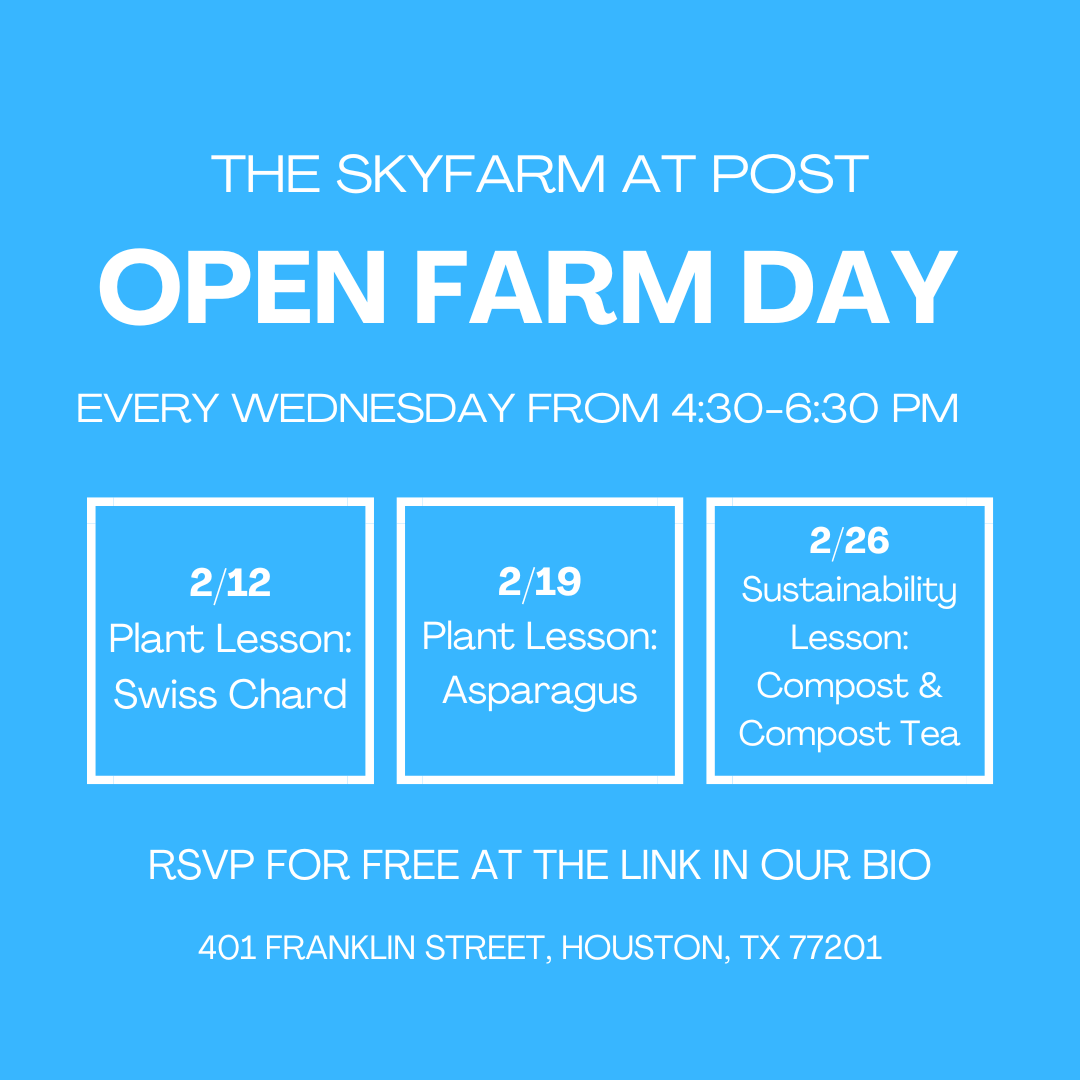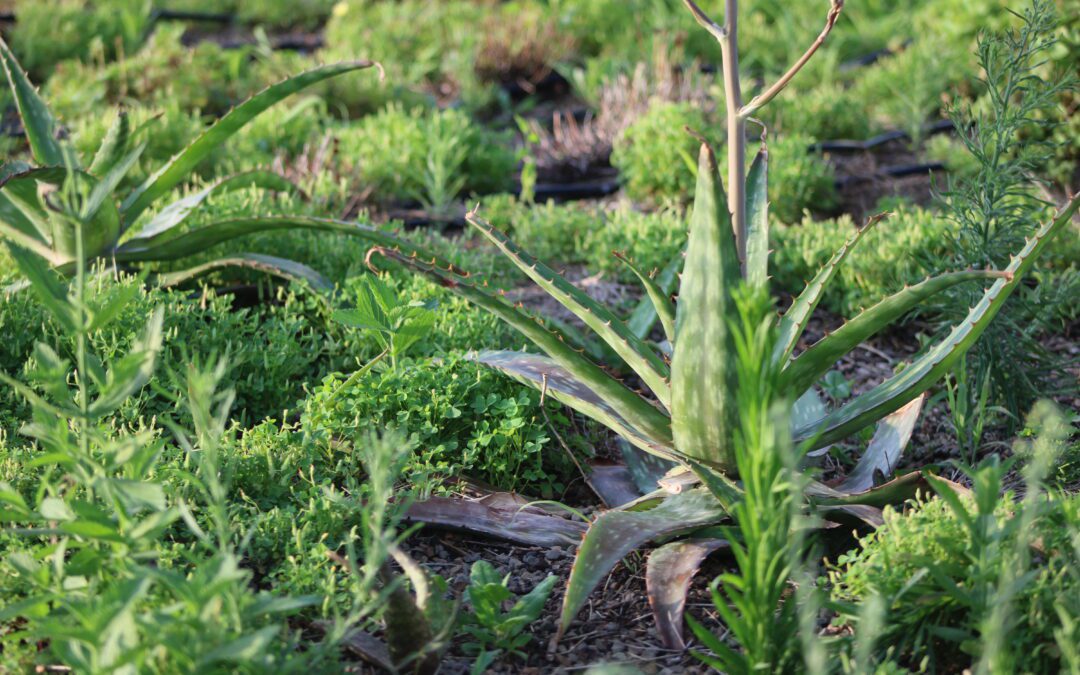
Ground Covers: Seasonal Plant Lesson
Seasonal Plant Lesson: GROUND COVERS
Created for 6/25/25, edited March 2025 for Open Farm Day, led by August
Objective: Discuss the purpose of ground covers in the farm ecosystem and define the benefits for the Skyfarm. Review previous successes and failures of ground covers and how they can be utilized to protect soil microbiome. Currently we steward purslane, yellow moon primrose, frogfruit, wood sorrel, dichondra and clover.
Duration: 1 hour
Introduction (15 minutes)
● What is a ground cover: Ground covers are various plants that typically grow low to the ground and spread outward. While you can select and buy seed for ground covers in your farm and garden, we encourage you to learn the offers of the land you keep and see if any of the plants there can be utilized as ground cover. Many ground covers that are locally occurring are native and have additional benefits for the space.
● Benefits of ground covers include: preventing soil erosion, aiding in nutrient cycling, sequester weed growth i.e. allelopathy, ground cover hosts soil microbiome, providing resources for pollinators/bringing pollinators for their services to crops, support beneficial insect predators who will eat farm pests, creates habitat. On the Skyfarm, our ground covers are also helpful in providing the humidity and protection from the sun that many seedlings need before they get well established for the season.
Cover Crops on the Skyfarm (20 minutes)
● Qualities to look for: Consider your site. For the Skyfarm, soil compaction is not an issue because of depth. The soil is lightweight and low in organic matter which means it does not hold moisture. At this height and location, the farm receives a significant amount of wind and sunlight; soil erosion is a concern. How can we create healthy soil with ground covers?
○ Add organic matter/create a nutrient cycle
○ Preventing soil erosion
○ Protect the soil from the sun
○ Discourage weed seed germination
● Diversity: A monoculture of any kind will be more susceptible to diseases. It is important to observe how different ground covers interact with the space in order to optimize the health of the ecosystem. What ground covers grow during what times of year, how much water do they all need, how do they interact with each other and your cultivated plants?
On the Skyfarm, we encourage the ground covers purslane, wood sorrel, clover, yellow moon primrose, and frogfruit. Some of these plants are edible and even medicinal.
● Spreading Seed: As you wait for the cover crops to grow in and become well established, you can occasionally mow them down, especially as they begin to produce seeds. This will ensure that their seeds are spread evenly throughout the area you are working with and will reduce your labor input.
Hands On (20 minutes)
● Field Activity: Take the group out to the farm to look at the different niches of the farm that host the ground covers and discuss how they came to be here.
Q&A and Interactive Discussion (10 minutes)
Encourage participants to share their experiences with growing ground covers and address any questions or concerns of the group.
Materials Needed: none
Outcome: Participants will leave with an in-depth understanding of the benefits of ground cover and how to incorporate them into their garden spaces.
Check out some of our seasonal recipes.
